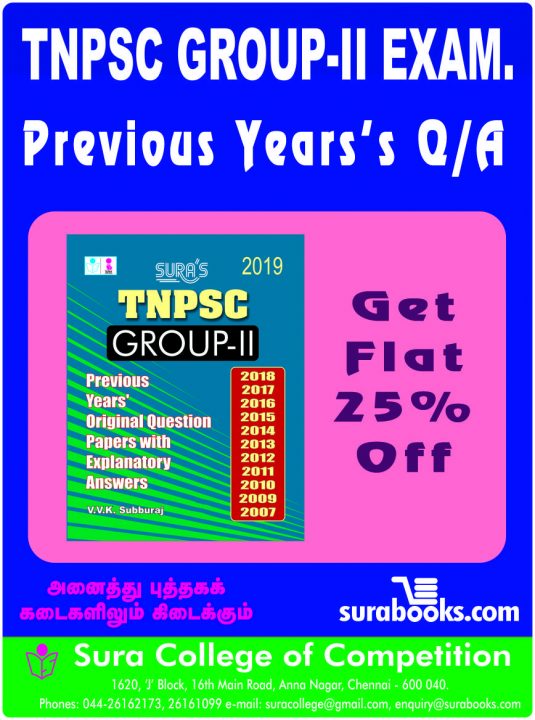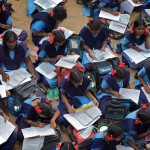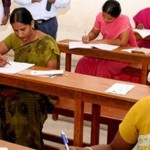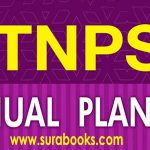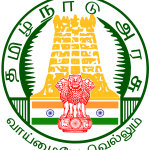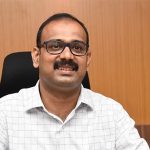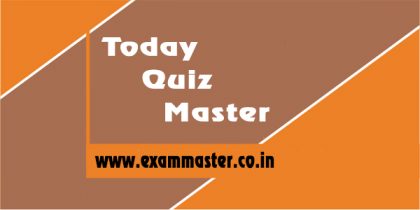
1. Who started Home Rule Movement in India?
A) Annie Besant
B) Sathiya moorthi
C) E.V. Ramasamy
D) K. Kamaraj
Explanation: Ans : (A)
Indian Home Rule movement was started in British India on the lines of Irish Home Rule movement. This movement began in India in the background of World War I. It specifically demanded Home Rule, or self-government within the British Empire for all of India.
Annie Besant established the All India Home Rule League, which aimed at self-government, termed as “Home Rule”. The league wanted to secure for India the statue of a dominion within the British Empire, in the lines of British colonies like Australia, Canada, South Africa, New Zealand.
Annie Besant league had an All India character and was founded on Besant’s Theosophical contacts. The league was set up in 1916 and reached its zenith in 1917 with 27,000 members. The Home Rule League organized discussions and lectures and set up reading rooms, also distributing pamphlets educating people of what they sought to achieve through this movement. Members of the league were powerful orators and petitions of thousands of Indians were submitted to the British authorities. In 1921 All India Home Rule League changed its name to Swarajya Sabha.
2. Who converted Mahendra Varma I from Jainism to Saivism?
A) Sambandar B) Appar
C) Sundarar D) Perundevar
Explanation: Ans : (B)
Mahendra Varma I (600–630 CE) was a Pallava king who ruled the Southern portion of present day Andhra region and Northern regions of present-day Tamil Nadu in India during the early 7th century. He was the son of Simhavishnu, who defeated the Kalabhras and re-established the Pallava kingdom. In the beginning of his life, Mahendravarman I was a follower of Jainism. Later, he embraced Saivism due to the influence of the Saivaite Saint Tirunavukkarasar, who is also known as Appar. This is testified in Periyapuranam.
3. Name the chieftain who patronised Kabilar
A) Ay B) Adhiyan
C) Pari D) Anji
Explanation: Ans : (C)
Apart from the three Tamil kingdoms, a number of local chieftains ruled in different parts of Tamil Nadu. They were known as Velirs. The Sangam literature furnishes a lot of information about them. The most famous among the Velirs were called Seven Patrons or Kadaiyelu Vallalgal. They were Pari, Ori, Malayan, Elini, Pegan, Aay, and Nalli.
Pari is described as the master of the hill country of Parambunadu and held sway over 300 prosperous villages. Pari patronized various forms of art, literature and many bards thronged his court.
Kapilar was born in Thiruvadhavur in the Pandya Kingdom in 50 CE. Initially a poet at the Pandya court, he left Madurai at an early age to travel across various kingdoms. Kapilar heard about the generosity and virtue of Pari and paid him a visit. He became a friend and confidant of Pari and stayed with him until the latter’s death, serving as the chief poet and minister at Pari’s court.
4. The Portuguese Sailor who reached Calicut in 1498 A.D. was?
A) De Almeida
B) Vasco da Gama
C) Robert Clive
D) Albuquerque
Explanation: Ans : (B)
On May 20, 1498, Vasco da Gama reached Calicut, India. Having successfully sailed around the southern tip of Africa, Vasco da Gama had pioneered a sea route from Europe to Asia that bypassed the west asian nations that controlled the overland spice trade. Calicut was the principal market of trade for precious stones, pearls, and spices. At first, the Portuguese were well received and accepted by the Hindu ruler Zamorin.
5. Where was the first Indian National Congress met?
A) Delhi B) Bombay
C) Calcutta D) Madras
Explanation: Ans : (B)
On 28 December 1885, 72 social reformers, journalists and lawyers congregated for the first session of the Indian National Union at Gokuldas Tejpal Sanskrit College, Bombay; the conference was renamed as the Indian National Congress. Founded upon the authority of British civil servant Allan Octavian Hume, the Congress was created to form a platform for civic and political dialogue of educated Indians with the British Raj and met in December every year. The first meeting was scheduled to be held in Poona, but due to a cholera outbreak it was shifted to Bombay. Womesh Chandra Bonnerjee was the first president of the Indian National Congress.
This is Only Sample Question for Full Set Click Here
